Indian raisins, also known as ‘kishmish,’ are a sweet pleasure that dates back centuries.
These tiny nuggets of goodness pack a punch when it comes to flavor and health benefits.
From their luscious sweetness to their diverse culinary uses, Indian raisins are a versatile and beloved ingredient in kitchens worldwide.
In this comprehensive guide, we delve into the world of Indian raisins, uncovering their origin, nutritional benefits, popular varieties, and ways to incorporate them into your daily diet.
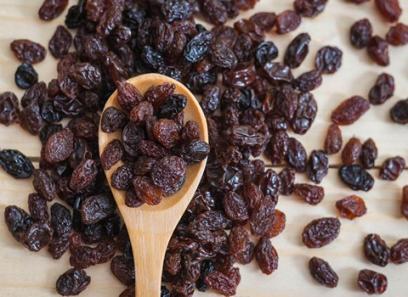
.
 Popular Varieties of Indian Raisins
Popular Varieties of Indian Raisins
indian raisins come in various sizes, colors, and flavors, each with its unique characteristics.
Some of the popular varieties of Indian raisins include
1. Golden Raisins: Also known as ‘kandhari kishmish,’ these raisins have a golden-yellow hue and a slightly tangy flavor.
They are often used in desserts and sweet dishes
2. Black Raisins: These dark-colored raisins are rich in antioxidants and have a sweet, robust flavor.
They are popular for snacking and baking.
3. Green Raisins: Green raisins, also called ‘manuka kishmish,’ are made from green grapes and have a distinctive tartness.
They are commonly used in Indian sweets and savory dishes.
4. Regular Raisins: The classic brown raisins, made from Thompson Seedless grapes, are sweet and versatile, perfect for snacking or adding to trail mixes.
..
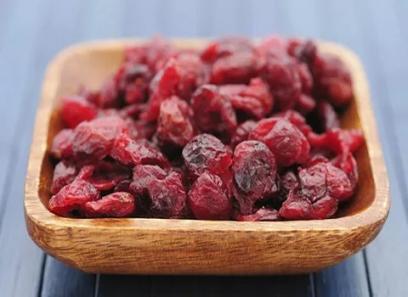 Culinary Uses of Indian Raisins: Indian raisins are a versatile ingredient that can be used in a wide range of culinary applications.
Culinary Uses of Indian Raisins: Indian raisins are a versatile ingredient that can be used in a wide range of culinary applications.
Here are some popular ways to incorporate raisins into your cooking:
1. Baking: Raisins are a common addition to baked goods like cookies, cakes, and bread, adding sweetness and chewiness to the final product.
2. Indian Desserts: Raisins are a staple in Indian desserts like kheer, halwa, and ladoo, providing a burst of sweetness and texture.
3. Trail Mixes: Mix raisins with nuts, seeds, and dried fruits to create a nutritious and delicious trail mix for snacking on the go.
4. Salads: Add raisins to salads for a touch of sweetness and chewiness, balancing out the flavors of vegetables and greens.
5. Rice Dishes: Raisins are often used in Indian rice dishes like pulao and biryani, where they add a delightful contrast to the savory flavors.
…
 In conclusion, Indian raisins are a timeless ingredient that has stood the test of time, captivating taste buds and providing nourishment for generations. With their rich history, array of varieties, health benefits, and culinary versatility, Indian raisins continue to be a staple in kitchens around the world.
In conclusion, Indian raisins are a timeless ingredient that has stood the test of time, captivating taste buds and providing nourishment for generations. With their rich history, array of varieties, health benefits, and culinary versatility, Indian raisins continue to be a staple in kitchens around the world.
So, the next time you reach for a handful of these sweet delights, savor the rich flavors and benefits that Indian raisins have to offer.



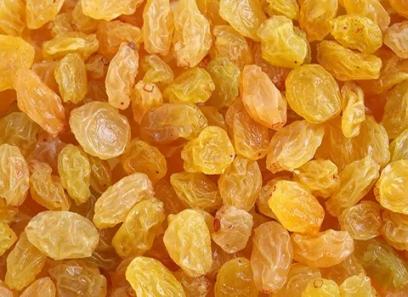

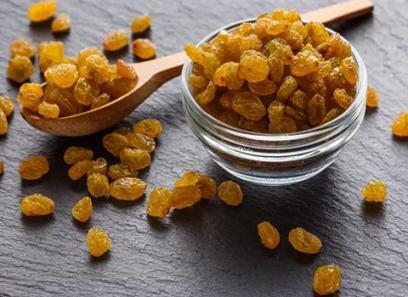


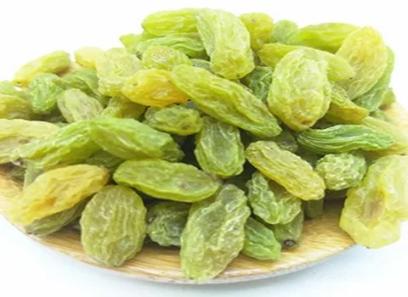
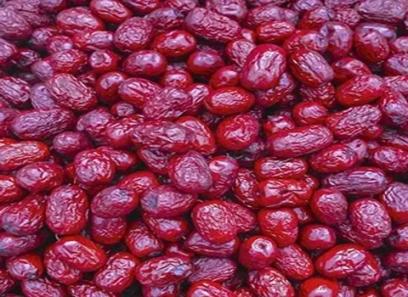
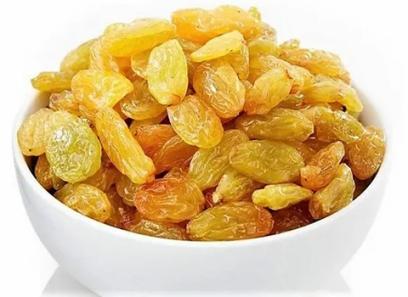
Your comment submitted.